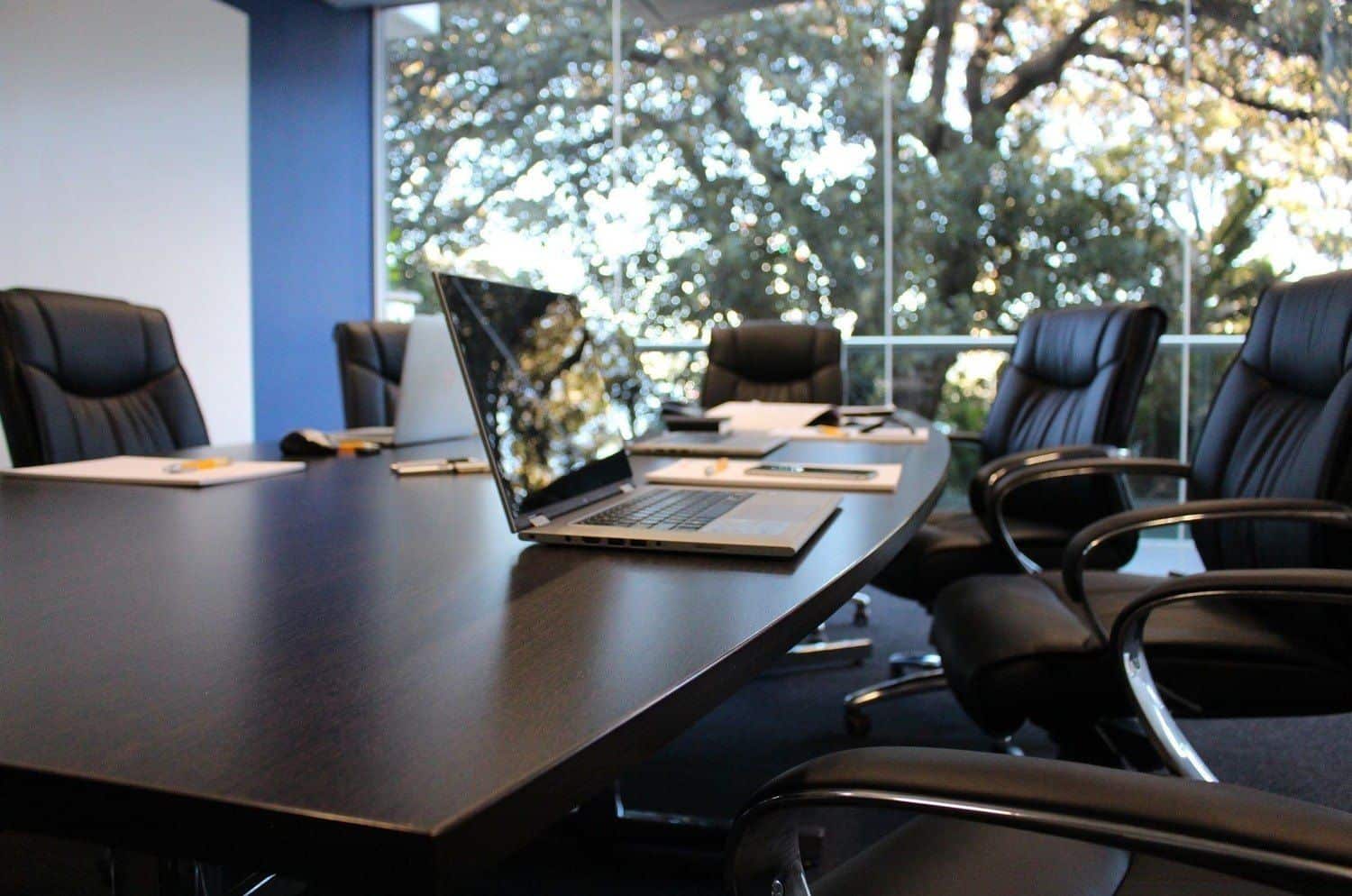
“Put something in the calendar.” It’s a phrase we all hear, probably more often than we should. Meetings are important and I’ll never wish for a day when the option of sitting down, face to face with someone doesn’t even cross my mind. But recently, something about meetings has changed. I’m not sure whether it’s all of the devices, “smart” technology, or general overuse of all things email; but I suggest that for in-person meetings, we harken back to basics. There’s something to be said for the days when everyone in the room actually needed to be there, was clearly informed, prepared in advance and was genuinely present. There’s no doubt that meetings are valuable – but how can we make them more effective?
I don’t mind meetings, I actually enjoy them on some level. It’s nice to be in the same room with someone, because you get to experience things you may not over email. Things like tone, body language, facial expressions – all valuable tools in getting to know someone and their stance on something. One thing I struggle with is when the person running the meeting doesn’t actually run the meeting. Okay, you got in front of me. Now what?
Here are the five biggest things you can do to make your meetings more effective:
Come Prepared
When I’m requesting a meeting I make every attempt to come prepared. Know the names of the people in the room, and if you don’t, ask them! Introduce yourself early on and set the tone. The same goes for roles and responsibilities. If someone tells me their title and I have no idea what it means, I’m going to ask them to tell me a little bit more about what they do, how long they have been with the company, etc. It’s always a good thing to know more about the people you’re in the room with than less. Also, you should be familiar with what you’ll be discussing, especially if you organized the meeting. People are going to assume that you’re going to drive it where it needs to go – and if you can’t, you have missed the opportunity to guarantee that the time spent in that room is worth it.
Have An Agenda
Meeting agendas may seem tedious to execute, but they’re great for keeping things on track. They also allow you to alter your plans and gather all of the information you need when they’re sent out in advance. For instance, if I sent out an agenda to my colleague that didn’t show us covering a certain topic, they would then be able to get in touch with me prior to the meeting to let me know what was missing. People like to know what to expect. Walking into a meeting and having no context and no idea what it’s about doesn’t give nearly as good a result because a) it’s stressful! And b), no one brainstorms ahead of time. When you don’t know what you’re going into, how can you come prepared with questions, ideas, or even the motivation to listen?
Be Respectful
Another key element to a good meeting is respect. Realistically, you can have a CEO in the room who trusts someone else on their team to make a decision. If you’re going to only pay attention to the person in attendance who you think is the decision maker, you’re missing out on developing some key relationships. Yes, you should of course be respectful to management and executives, but you should never ignore anyone in the room. If someone asked for a certain person to be included, there’s usually a reason. Make eye contact with everyone, be courteous to everyone, and try to get to know everyone.
Test Your Technology
Ah, technology. It can be a huge asset, or a majorly disruptive force. Either way, it’s up to the humans in the room to ensure that any devices, technology or gadgets are adding to the experience rather than taking away from it. Any technology being used to present should be tested beforehand. If you’re going to an office that isn’t yours, check with the facility host to ensure that they have connectors, chargers, accessible power, Wi-Fi you can connect to, screens, etc. If they don’t, bring your own or bring hard copies of the information you’re presenting. Avoid trying out brand new technology – get there a few minutes early and make sure you’re able to start up, sign in, and do whatever you need to do prior to attendees arriving.
Ignore Your Devices
As for your devices, to put it plainly – it looks bad when you’re playing with your gadgets during a meeting. No matter who you are, no matter what level you’re at, people will notice that you’re distracted. If there is an emergency, politely explain it and step out for a moment for a call. Don’t stare at your smartwatch, flick your phone screen on every few minutes, or scroll through your tablet. If you’re planning to use technology (a laptop, tablet, etc.) to capture notes, let the people in the room know; better yet, ask them if they’re okay with it! If they’re not, pen and paper will do the job too. You can scan it later, take a photo of it, or type it up once you’re back to home base if it’s short. The modicum of extra effort you may spend doing that is nothing compared to the goodwill you foster with your meeting attendees by being focused, effective and courteous.
Meetings are a great way to brainstorm, share ideas and exchange information – but if you’re holding one, you have a responsibility to the attendees to make sure it’s worth it.
What it comes down to is making sure that meetings add value rather than just costing money. If people are stopping what they’re doing to go to your meeting – that meeting is no longer free. No meeting is ever free, because they all cost people’s time at the very least. Be respectful of that, and appreciate the fact that people trust you enough to spend their time to meeting with you.
